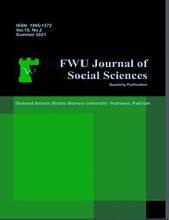Risk Dynamics in Iraqi Banking Sector: Role of Bank Capital and Efficiency
Keywords:
capital, technical efficiency, allocative efficiency, cost efficiency, risk, iraqAbstract
The succession of financial crises has made it necessary for economists and policymakers to have a comprehensive understanding of financial systems and efficiency to reduce risks. Therefore, this study is designed to analyze the relationship between bank capital, efficiency, and risk in Iraqi banking sector by using the data from 2011-2022 for 20 commercial banks in the country. Efficiency is measured by three factors, including allocating efficiency (AE), technical efficiency (TE) and cost efficiency (CE). Results of the panel GMM indicate that bank capital is negatively associated with one risk measure (Zscore) while it is positively related to other measures of risk (SDROA and SDROE). Moreover, AE, TE and CE are also significant determinants of risk factors in banking. TE and CE are negatively related to solvency risk (ZSCORE) and SDROA, while positively associated with SDROE. But AE is only negatively related to Z-score and positively related to SDROA and SDROE. This study contributes valuable insights into the performance, efficiency, and stability of the Iraqi banking sector, providing policymakers, regulators, and industry stakeholders with essential information for decision-making and strategic planning.

